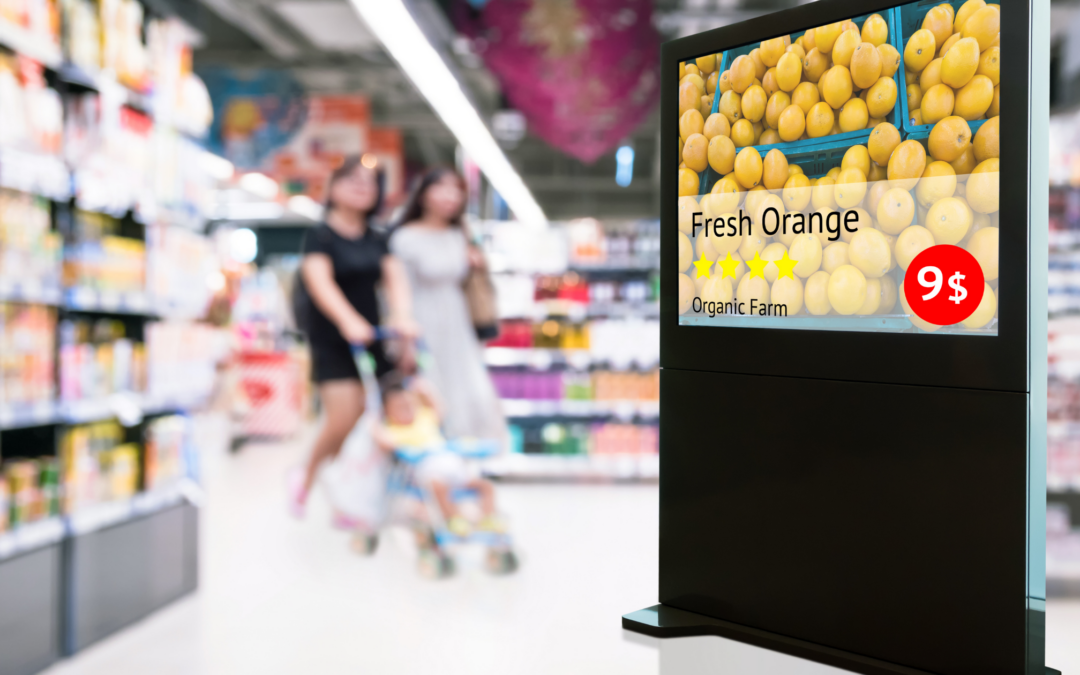By now, you are familiar with the benefits the digital building will bring—from reducing costs and improving safety to simplifying maintenance and troubleshooting, improving customer and user satisfaction, and more. But underlying the realization of these promises is a fundamental question.
Will your network be able to support the demands digital buildings place on it?
With the right structured cabling infrastructure, one engineered to meet your organization’s needs today and evolve as you grow, the answer is yes.
What Do Future-Ready Structured Cabling Solutions Need to Deliver?
1. More Power
The cabling in digital buildings will need to support Power over Ethernet (PoE), a technology that allows power and data to be safely transmitted over the same network cables so that devices like cameras and lights can be deployed virtually anywhere. As the number of devices that connect to networks not only increase but also become more complex and power hungry, they will demand a greater amount of power that your cabling needs to be able to reliably provide.
The reality is that outdated cabling simply won’t be able to keep up.
2. The Ability to Handle Higher Temperatures
With the creation of more power comes the creation of more heat. Even in small degrees, heat rise within cables can have major implications including:
- Insertion loss, which can lead to things like bit errors.
- Unplanned downtime.
- Premature wear-and-tear.
Although category 5e and category 6 cables can be used to support PoE devices, the reality is that category 6a cable is almost always the superior choice. Category 6a cabling is affordable and capable of running data at rates up to 10 gigabits per second, suppressing alien crosstalk so they can be bundled with limited issue, mitigating heat, and more.
To learn more, download “Defining the Digital Building”, a free e-book from Panduit.
3. Increased Bandwidth
Between the array of devices connecting to the network (including tablets, phones, laptops, and building systems like HVAC and wireless) and applications like communications and conferencing applications that are running in real time, our bandwidth needs are only going to go up.
Ultimately, taking action now to create future-ready structured cabling systems will make it easier to evolve and meet future needs.
What Will Be Integrated as Part of the Digital Building?
1. Building Automation Systems
Although building automation systems (BAS) have come a long way in recent years, there is still much we have to look forward to.
Today, BAS can integrate things like:
- HVAC
- Lighting
- Security
- Elevators
- Audio/visual
Even specialty systems like nurse call or scheduling applications can be included, and many systems also have mobile compatibility so that operators can manage and control components using mobile devices.
2. Lighting
Intelligent lighting is on track to take industries by storm. One of the main reasons—it’s about more than just light. Innovative lighting systems also incorporate sensors that can:
- Turn lights on and off as people move between rooms and communicate with building automation systems to adjust ventilation levels according to the number of people currently present.
- Enable occupants to set their own personal lighting preferences using smartphones.
- Adjust light levels throughout the day to complement or mirror outside and ambient light.
- Provide visual alerts if noise levels go above pre-set levels.
- Direct employees to available conference rooms.
One of the attributes that makes lighting so attractive is the sheer volume. Because they are so dense, they become an ideal platform for distributing sensors throughout a space.
3. Audio/Visual
AV has already become an echo of what it was in many ways. Where we had projectors, we now have innovative conferencing tools. In place of posters, we now see dynamic digital signage. Despite these advancements, however, AV signals are still generally transmitted over closed networks.
AV over IP (AVoIP) promises to change that. In essence, AVoIP builds on HDBaseT (the current standard for transmitting HD audio and video) by encoding signals into Ethernet, routing them via a LAN, and decoding them at the other end for the display device.
The impacts of this transition will be significant. AV devices will be managed by the same person or department responsible for the larger network, and it will simplify and streamline cabling infrastructure since organizations will no longer need separate cables and connections.
4. Industrial Environments
For a long time, there has been a clear line between the carpeted office and the cement-floored warehouse. IT teams managed networks and hired structured cabling engineers to run cabling for data networks on the office side, while in the warehouse electricians were brought in to run control and signal cables alongside power in wire baskets.
Today, the lines are becoming blurred.
IT staff venture onto plant floors to diagnose network connectivity issues, while cabling contractors run fibre and copper to meet the warehouse’s changing needs.
Lay the Right Foundation for Next-Generation Digital Buildings
The success of the digital building depends on its systems performing well independently and together. You need an infrastructure in place that enables this interconnectedness, and that all starts with cabling.
To make your journey a triumph, you need to choose the right partner. Look for someone who has a wealth of experience in planning, integrating, installing, and supporting each component of your organization’s infrastructure—ensuring you get a future-ready system that empowers you to make the most of the changes digital buildings will bring.
Are you ready to take the plunge? Contact us today to learn how Activo can help you maximize your success in the IoT!
Read more from Activo:











